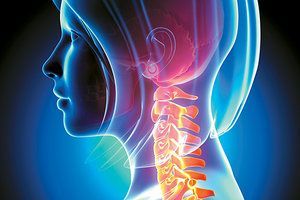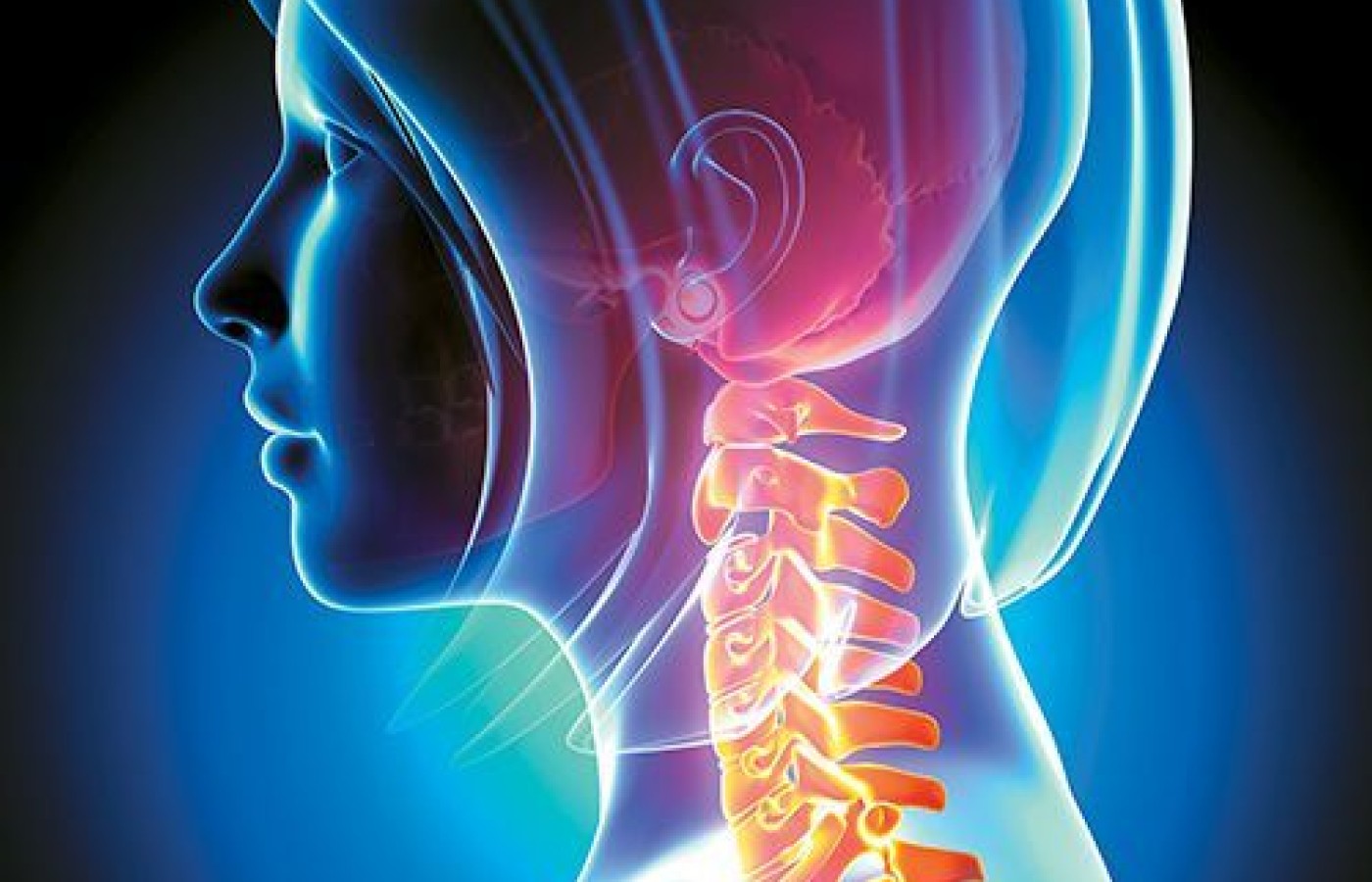New York's highest court of appeals has held that no-fault insurers cannot deny no-fault benefits where they unilaterally determine that a provider has committed misconduct based upon alleged fraudulent conduct. The Court held that this authority belongs solely to state regulators, specifically New York's Board of Regents, which oversees professional licensing and discipline. This follows a similar recent ruling in Florida reported in this publication.
Headaches Outside the Head
If you have been in practice for more than a day, you likely have encountered a patient with a complaint of headache. I don't need to regurgitate all the statistics relating to disability, lost time from work and billions of dollars of health care expenses wrought every year blamed on headache.
The topic of "headache" itself becomes very broad – there are sinus headaches, tension headaches, food allergy headaches, vascular headaches, etc. It becomes very easy to focus just on the area of complaint and not look for other issues or referred causes. Many times the headache is a referred symptom of a problem somewhere else – often not even in the head. Let's briefly review some of the more common myofascial causes of headache.
Splenius Muscles
The splenius capitis and splenius cervicis muscles originate at the lower cervical and upper dorsal spinous processes, and attach to the upper cervical transverse processes and the mastoid. These muscles are most often irritated with sudden trauma (whiplash) or exposure to cold draft. Trigger points typically occur in the occipital triangle or at the angle of the neck. Trigger points in these muscles will often refer pain to the vertex, the occiput, the orbit and diffusely through the skull. Spasm in these muscles can also be associated with blurry vision.
Posterior Cervical Muscles
This collection of muscles is primarily responsible for extension and rotation of the head and neck. Primary trigger points for these muscles are in the posterior multifidi, under the occiput, and on the scalp above the occipital attachments. Spasm or trigger points in these tissues will produce pain at the occiput, down the neck and across the shoulder, up the back of the scalp and around the head ("like a headband"), and over the lateral orbit.

Sub-Occipital Muscles
These essentially form the occipital triangle from the occiput, the posterior arch of the atlas, the spinous of the axis and the transverse process of the atlas. Their primary function is to extend, rotate and tilt the head. Spasm / trigger points in these muscles produce a "ghostly" pain across the side of the head from the occiput, over the ear to behind the eye.
Levator Scapulae Muscles
Travell notes that this is one of the most commonly involved shoulder girdle muscles. Spasm in this muscle is often associated with the complaint of "stiff neck," and will often present with the involved shoulder girdle pulling high. Pain referral is often focused to the angle of the neck, but in my experience, will also commonly refer pain to the upper neck and base of the skull.
Upper Trapezius Muscle
Travell notes that this is probably the muscle most often beset by myofascial trigger points, but is often overlooked as a source of temporal headaches. Most charts I have seen clearly document the trigger points at the attachment of the trapezius to the clavicle can refer pain up over the SCM, behind the ear, around the lateral scalp, down to the angle of the mandible, at the temple, and into the orbit. Trigger points near the distal attachments into the scapular spine will also produce pain up under the occipital shelf.
Sternocleidomastoid Muscle
Both divisions of this – the sternal and clavicular – contain trigger points that refer into the head. The superficial branch refers pain to the back of the head, around the orbit, across the cheek and sometimes the vertex. The deeper (clavicular) division refers pain over the mastoid, in the ear canal and over the orbit. It should also be noted that trigger points in the clavicular division can refer pain across the scalp to over the opposite orbit.
Occipito Frontalis Muscle
As many of the above-discussed muscles have attachments at or near the occiput, the occipito frontalis muscle should also be considered. The scalp (galea aponeurotica) is essentially held in place by the frontalis, the occipitalis, and the temporoparietalis. Spasm in the neck musculature can quickly translate through these attachments and create symptoms in other regions of the scalp.
Certainly this is a very brief overview of these muscles and their possible involvement. Each one individually could be an entire topic in itself. The point here is that when confronted with the vague complaint or headache, much more information must be pursued. First, determine the type of headache – if the patient has a metabolic food allergy, trigger-point therapy may provide some transient relief, but will not fix the problem. A complaint of ear pain may be more due to SCM spasm than a supposed inner-ear infection.
Make sure to fully investigate the case history and have a clear understanding of the symptoms and complaints. Trigger points are arguably one of the most insidious symptom antagonists, and oftentimes patients don't even make the correlation. Take some time and dig out your copy of Travell, review these muscles and remember how many patients we can help with some well-focused myofascial care. Of course, muscles always attach to bones, so check for subluxations along the way, too.
As physicians, we are obligated to think outside the box, and it is always good practice technique to rule out other possible conditions. If our patient has a complaint, we should perform a complete history and careful evaluation so we provide the correct care. Don't get caught in the trap of defaulting to a garbage "dump-all" diagnosis like "headache" – figure out what the problem really is. If you take the time to fully evaluate the patient so your diagnosis is correct, your treatment will be appropriate and your patient will thank you for your quality care.
Resources
- Travell JG. Myofascial Pain and Dysfunction: The Trigger Point Manual. Baltimore, MD; Williams & Wilkins, 1992.
- Laws S, Franklin DJ. The Receptor-Tonus Technique. Available from: Holistic Health Enhancement, 1210 N. 24th Street, Quincy, IL.



